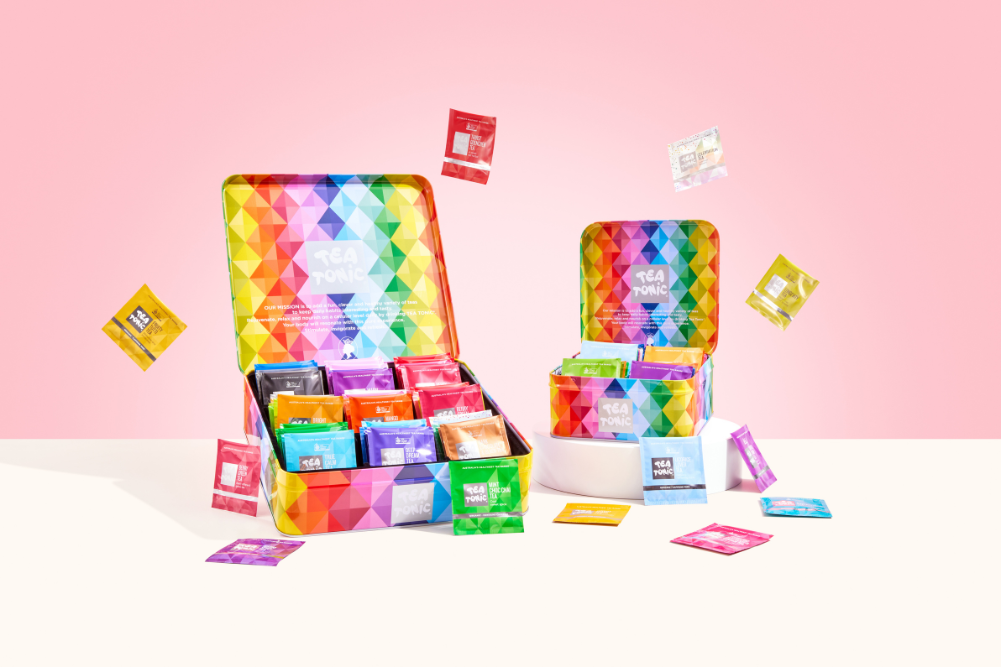Gotu kola: all you need to know
Gotu kola (Centella asiatica) is a perennial plant and a member of the parsley family. It has no taste or smell and thrives in and around water. The leaves are small and fan-shaped with white or light purple-to-pink flowers and small, oval fruit. For medicinal purposes, the leaves and stems are the parts that are used.
Part of the common name, “kola” is often easily confused with kola nut (Cola nitida), a high-caffeine-containing African herb sometimes used in soft-drink manufacture. Gotu kola does not have caffeine and is not a stimulant.
Gotu kola has been used to treat many internal and external conditions for more than 3000 years throughout mainly its native India, Japan, China, Indonesia, South Africa, Sri Lanka and the South Pacific. Historical examples of conditions treated include syphilis, hepatitis, stomach ulcers, mental fatigue, epilepsy, diarrhoea, fever, leprosy, psoriasis, respiratory infections, colds and asthma.
Around the world today, this versatile medicinal herb is best researched and known for its role in the treatment of varicose veins and chronic venous insufficiency, healing wounds and psoriasis, and improving mental clarity.
Healing with gotu kola
Scar healing
Over the past few decades, gotu kola has built on its empirical use by research and has earned a strong reputation as a topical treatment for healing scars. Interestingly, legend has it that the Bengal tiger would roll on the gotu kola plant to heal its wounds. Consequently, the Indian nickname for this herb is tiger’s grass.
With the Western world’s increasing interest in plastic surgery, success or failure and reputation are partially determined by how visible the scarring is. This has driven interest in the study of gotu kola.
When your skin is damaged through surgery or by accident, aside from the surgeon’s skill and your genes, the primary mechanism that will determine how well the wound heals and the definition of the residual scar is the amount of tension applied to the wound. If a wound is on a part of your body where the skin is constantly or intermittently under tension (eg your elbow), it may cause certain cells (neutrophils) to prolong the inflammatory response. Prolonged inflammation will increase levels of mending cells (like biological poly-filler) called fibroblasts, which stimulate the lay-down of collagen. This will result in a denser, elongated scar.
The active constituents of gotu kola may prevent excessive scar formation by inhibiting the over-production of collagen (the material that makes up connective tissue) at the wound site.
The four primary active constituents of gotu kola are saponins (also called triterpenoids), which include Asiatic acid asiaticoside, madecassoside and madasiatic acid. These natural chemicals help protect the plant from environmental threats such as fungi and yeast. In humans, these saponins may prevent excessive scar formation by reducing inflammation and inhibiting the production of excess collagen.
Although the mechanisms are not fully understood, the consensus is that saponins strengthen the skin, boost antioxidants in wounds and increase blood supply to the area. Based on these findings, gotu kola has also been applied to the skin for minor burns, psoriasis and stretch marks. Another trial found gotu kola extract helpful for preventing and treating enlarged scars (keloids).
However there is no doubt that the earlier the topical application after a wound, the better the result.
Current research is examining gotu kola for use in severe health issues such as eczema, varicose ulcers, haemorrhoids and even leprosy.
Antibacterial & antifungal
Research published by the pharmaceutical giant Roche also demonstrated clear antibacterial and antifungal properties of gotu kola when tested against Staphylococcus aureus (golden staph), streptococcus and candida. These studies published in 2001 certainly support the ancient and traditional uses.
Anxiety & mental function
Triterpenoids have a broader effect when taken orally. It’s believed that this group of chemicals is responsible for decreasing anxiety and increasing mental function. One human study found that people who took gotu kola were less likely to be startled by a new noise than those who took placebo. Since the “startle noise” response can be a way to tell if someone is anxious, researchers think gotu kola may help reduce anxiety symptoms.
Varicose veins
When blood vessels lose their elasticity, blood pools in the legs and fluid leaks out of the blood vessels. That causes the legs to swell (venous insufficiency or, in old-fashioned language, ”heavy legs”). Several small studies suggest gotu kola may help reduce swelling and improve blood flow. In a study of 94 people with venous insufficiency, those who took gotu kola saw their symptoms improve compared to those who took placebo. In another study of people with varicose veins, ultrasound tests showed that people who took gotu kola had less leakage of fluid.
The ability to strengthen connective tissue and collagen in the blood vessels or the skin is generally attributed to the plant chemical, Asiatic acid.
Arthritis potential
A quick search of the internet will reveal stories of “miracle cures” related to using gotu kola for arthritis. In fact, it is sold as Arthritis Plant in Garden centres. These anecdotal reports are supported by Swiss research in the 1950s and 1960s, and under the care of a herbalist gotu kola can be an important herb for rheumatoid arthritis and scleroderma.
Taking gotu kola
The most reliable way to take gotu kola is as a standardised tincture or capsule; however, people have claimed success by consuming two leaves a day.
Long term studies support that low-grade consumption for up to six months can generally be regarded as safe, but using higher doses of the actual plant may be toxic, so please use with extreme caution. Long-term oral ingestion has the potential of damaging the liver, but in the shorter term watch out for these signs of toxicity: skin rashes, headache, stomach upset, nausea, dizziness, hypertension and extreme drowsiness.
The topical dosage of gotu kola depends on what you use it for. For internal dosage, seek professional advice.
- References available on request.







